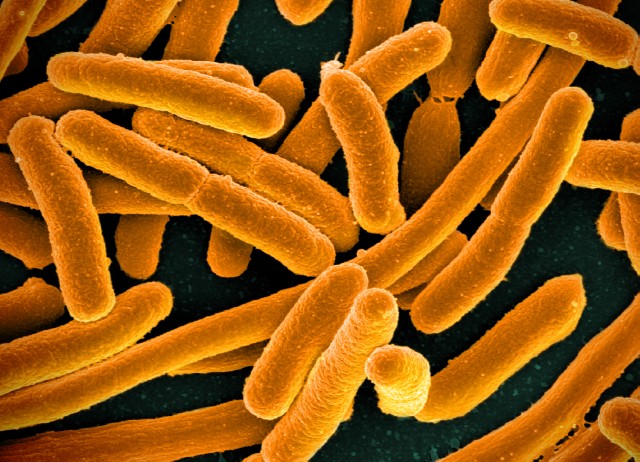Space Dust Could Help Life Jump from Planet to Planet

It may not take an asteroid strike to transport life from one planet to another.
Fast-moving dust could theoretically knock microbes floating high up in a world's atmosphere out into space, potentially sending the bugs on a trip to another planet — perhaps even one orbiting a different star, according to a new study.
"The proposition that space-dust collisions could propel organisms over enormous distances between planets raises some exciting prospects of how life and the atmospheres of planets originated," study author Arjun Berera, a professor in the School of Physics and Astronomy at the University of Edinburgh in Scotland, said in a statement. [5 Bold Claims of Alien Life]
"The streaming of fast space dust is found throughout planetary systems and could be a common factor in proliferating life," Berera added.
Berera isn't the first person to propose that organisms could hop from world to world throughout the cosmos. That basic idea, known as panspermia, has been around for thousands of years. It has received renewed interest recently, however, as scientists have demonstrated that some organisms — such as certain bacteria, and micro-animals known as tardigrades — can survive for extended periods in space.
Comet or asteroid impacts do indeed blast rocks from planet to planet. Scientists have found numerous meteorites here on Earth that were once part of Mars — including one known as ALH84001, which some scientists think may preserve signs of ancient Red Planet life.
In the new study, Berera examined what likely happens when bits of interplanetary dust hit molecules and particles in Earth's atmosphere. This space stuff rains down on us every day, hitting the planet at speeds of between 22,400 mph and 157,000 mph (36,000 to 253,000 km/h).
Get the Space.com Newsletter
Breaking space news, the latest updates on rocket launches, skywatching events and more!
He calculated that small particles floating at least 93 miles (150 kilometers) above Earth's surface could theoretically get knocked into space by this wandering dust. It's unclear if microbes could survive such violent collisions; that's an area ripe for future research, Berera wrote in the new paper, which has been accepted for publication in the journal Astrobiology. (You can read the study for free at the online preprint site arXiv.org.)
And even if these micro-impacts are invariably fatal, they could still help life get a foothold on other worlds by sending its building blocks — the complex molecules that make up a microbe corpse, for example — out into space, he added.
Follow Mike Wall on Twitter @michaeldwall and Google+. Follow us @Spacedotcom, Facebook or Google+. Originally published on Space.com.
Join our Space Forums to keep talking space on the latest missions, night sky and more! And if you have a news tip, correction or comment, let us know at: community@space.com.

Michael Wall is a Senior Space Writer with Space.com and joined the team in 2010. He primarily covers exoplanets, spaceflight and military space, but has been known to dabble in the space art beat. His book about the search for alien life, "Out There," was published on Nov. 13, 2018. Before becoming a science writer, Michael worked as a herpetologist and wildlife biologist. He has a Ph.D. in evolutionary biology from the University of Sydney, Australia, a bachelor's degree from the University of Arizona, and a graduate certificate in science writing from the University of California, Santa Cruz. To find out what his latest project is, you can follow Michael on Twitter.









